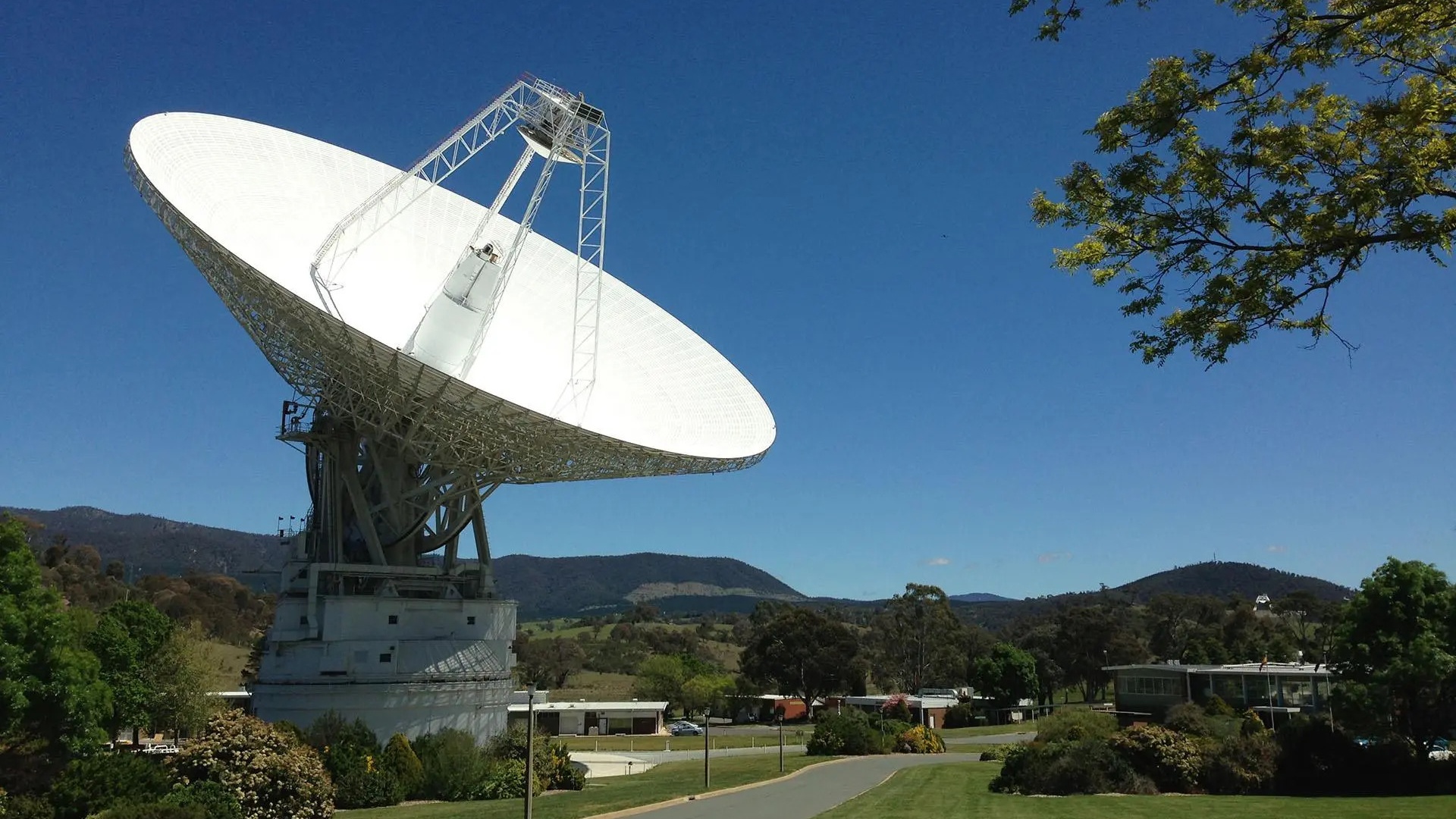
On March 19, one of NASA's Deep Space Network facilities — located in Canberra, Australia — entered its 60th year of relaying priceless information between scientists on Earth and the spacecraft they send beyond.
Also on March 19, the agency began work on a new member of this facility: Deep Space Station 33. This will be the fifth radio antenna for Canberra; there are two other Deep Space Network facilities, one in Barstow, California and the other in Madrid, Spain.
"When it goes online in 2029, the new Canberra dish will be the last of six parabolic dishes constructed under NASA's Deep Space Network Aperture Enhancement Program," agency officials wrote in a statement, "which is helping to support current and future spacecraft and the increased volume of data they provide."
NASA's Deep Space Network (DSN) is pretty spectacular in both a big-picture and small-scale sense.
Related: NASA's Deep Space Network: How spacecraft phone home
To transmit communications throughout the solar system, the three DSN facilities are strategically placed around the globe so one can pick up when another may need to leave off. Due to Earth's rotation, and the typically multiyear length of space missions, this switch happens quite often.
The new dish, Deep Space Station 33, will be a 112-foot-wide (34 meters) multifrequency beam-waveguide antenna (BWG), according to the NASA statement. This sort of antenna has five mirrors that reflect radio signals coming from space along what's known as a "beam waveguide tube" to a concrete pedestal buried mostly underground. There, the signal gets translated into information that scientists can interpret.
According to NASA, Canberra is the only complex that can fully speak to the iconic Voyager 2 spacecraft that's about 13 billion miles (20.9 billion kilometers) away from us — and getting farther as you read this. Voyager 1 can send its information to the other two facilities, but even it can only can receive commands from Canberra.
Despite being built decades ago, the Voyagers are still considered some of the most brilliant feats of human engineering to date. Surely, having a new dish at Canberra is bound to enable the next generation of awe-inspiring instruments. Even with the 0's and 1's of spacecraft, language is everything.







